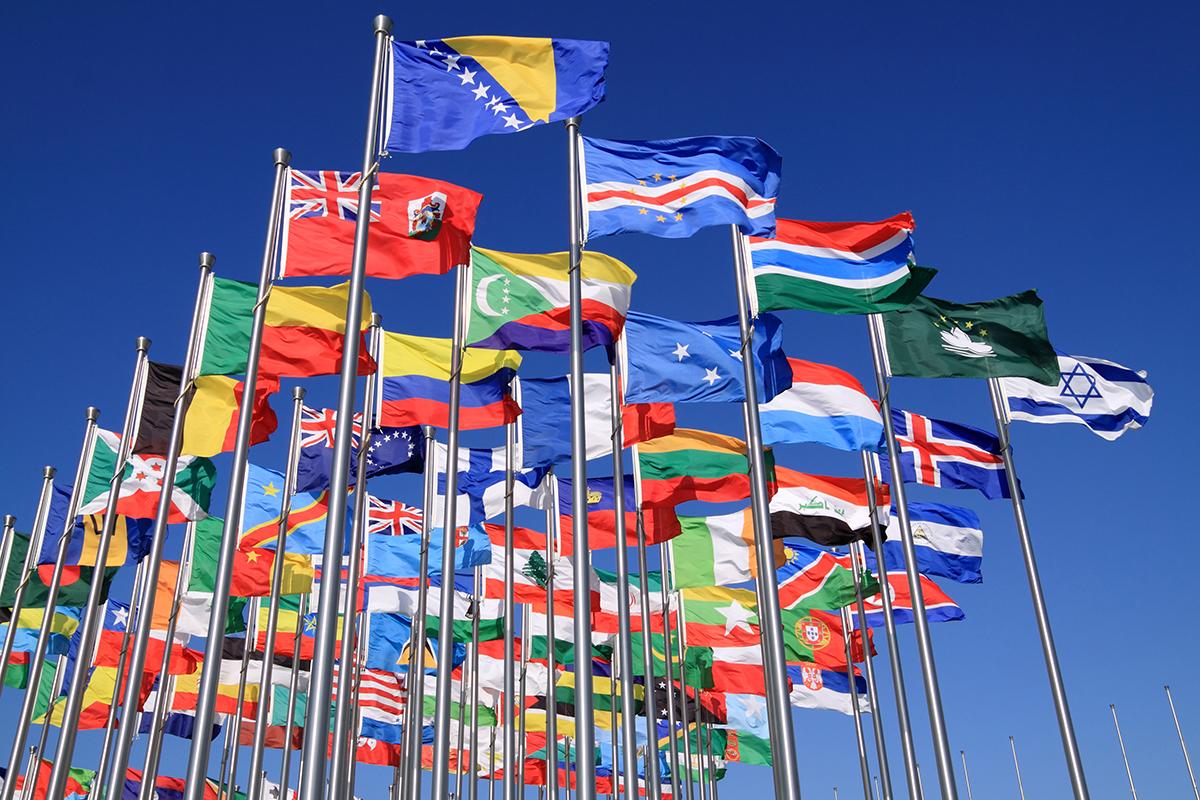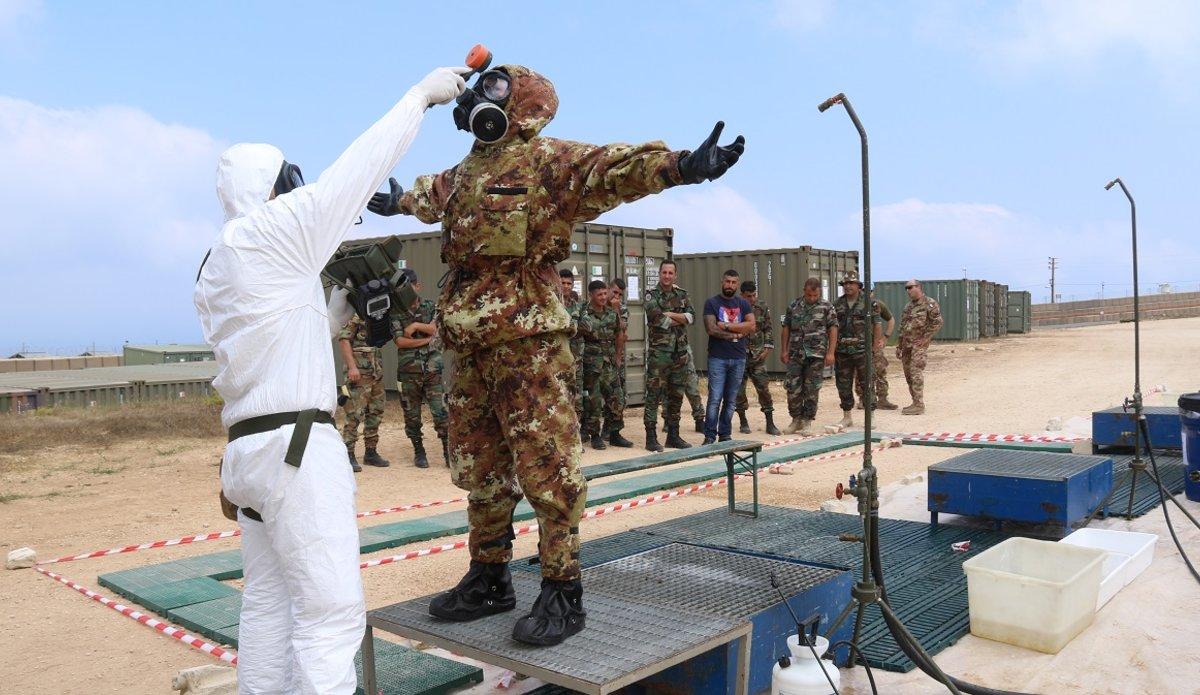United Nations: From Fundation to Peacekeeping Missions
Peacekeeping is one of the cornerstones of the United Nations, an organization funded in 1945 with the aim of maintaining international peace and security.
The first peacekeeping missions took place in 1948, and since then this intergovernmental system has changed in many different ways to follow the continuously emerging new actors and threats. The 21st century in particular, brings tremendous challenges to the international peace and security.
UN Conventions & CBRN Terrorism
There are 19 international conventions and protocols related to terrorism, including the seven legal instruments out of the 19, that deal — to varying degrees — with chemical, biological, radiological and/or nuclear (CBRN) terrorism.
The Terrorism Prevention Branch of the United Nations Office on Drugs and Crime (UNODC/TPB) is assisting the member states with the ratification and implementation of the 19 international conventions and protocols. The one of the key UN resolutions that fights against CBRN threats is UN Security Council Resolution 1540 (2004). This is the United Nations Security Council resolution on the Non-proliferation of weapons of mass destruction, where it is stated and decided that all States shall refrain from supporting by any means non-State actors that attempt to acquire, use or transfer nuclear, chemical or biological weapons and their delivery systems.
Environics Chemical Detectors in UN Peacekeeping Trainings
UN peacekeeping operations not only create and maintain the peace on mission area, but they are also a great tool to share know-how and mitigate CBRN threats. For instance, one example great example of this was when UNIFIL organised a joint training course with the Lebanese Armed Forces in 2017 in order to identify and mitigate the potential danger posed by chemical, biological, radiological and nuclear weapons. The training was executed by UNIFIL’s Italian Battalion’s specialised and competent instructors. The course comprised a series of theoretical and practical sessions on identifying the risks, adopting necessary security measures, and improving operational and tactical capabilities. It is remarkable that Environics handheld chemical detectors were used in detection exercises in this training.


Leave a Reply